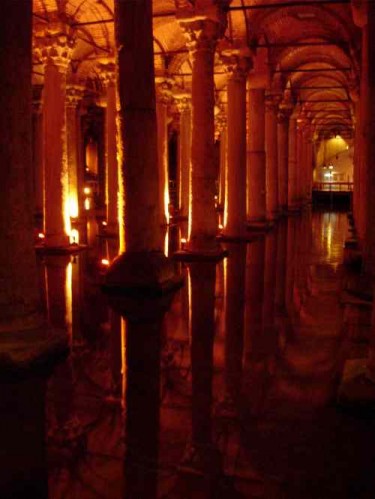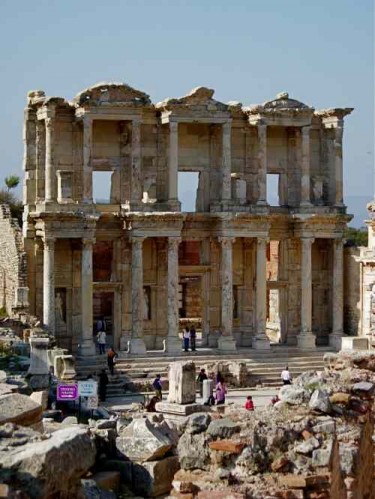Before I left for Turkey, I e-mailed a friend for advice. Like me, Alison is a travel writer — her blog is called A Curious Mind, and she’s penned articles for everyone from The Washington Post to The Huffington Post — and she had visited Turkey a few weeks before me. It turned out that her trip was a whirlwind press tour — she only spent three days there in total. Still, she had plenty of suggestions for what to see and do. Her one restaurant recommendation was for Hamdi, an Istanbul restaurant that is close to the Eminönü ferry docks. “They had a pistachio kebab that I cannot stop thinking about,” Alison told me.
While I loved the places that she mentioned (including Topkapi Palace, home to many of the Ottoman sultans), I wondered whether Hamdi would work out. Perhaps I’d had good luck with restaurants early on in the trip, while I was in Selçuk, in part because I was visiting in November, technically the off-season for Turkish tourism. Restaurant owners and staff had taken good care of me, but on a couple of those nights, my husband and I had been virtually the only people in the restaurants. Hamdi is listed in every travel guidebook, and it’s popular with locals — everyone wants to enjoy its spectacular views of the Galata Tower and the New Mosque (otherwise known as the Queen Mother’s Mosque). Would a crowded, busy restaurant be up to the task of preparing a gluten-free dinner for me?
It turned out that I needn’t have worried. The night that we dined at Hamdi, the fourth-floor dining room was packed and we scored the last available table. I was amazed that, even in such a busy place, all of the staff read the Turkish celiac card I had with me. After a quick huddle, two waiters were assigned to my table — the one who was working in that section of the restaurant, and another who was serving a different section, but who spoke very good English and could translate my needs to the kitchen. I ended up having an incredible kebab, a mix of lamb and veal with pistachio nuts, served with a tomato salad. Because every dessert on the menu featured pastry (Hamdi is famous for its baklava), the kitchen prepared a fresh fruit salad for me. It was a luxurious meal, even thought the restaurant isn’t an expensive one. And now, like my friend Alison, I can’t stop thinking about that amazing pistachio kebab.
Hamdi [address] Tahmis Cad. Kalçin Sok. 17, Eminönü, Istanbul [tel] 90 212 528 03 90 [fax] 90 212 528 49 91 [web] www.hamdirestorant.com.tr




